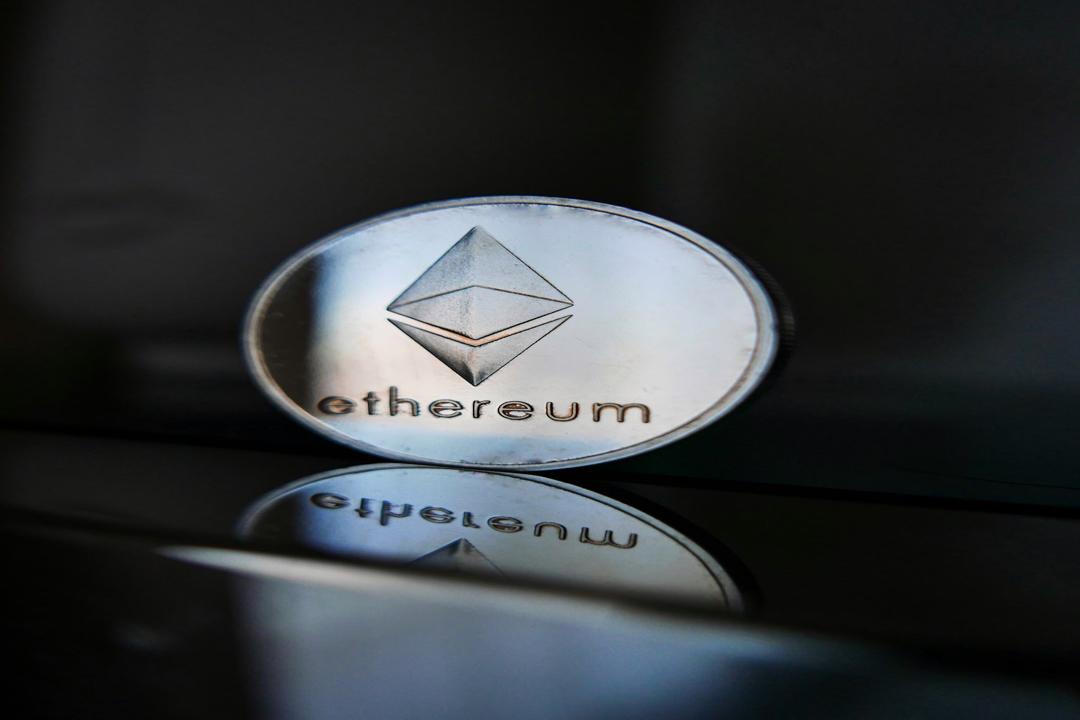The frenzy surrounding memecoins has resulted in a remarkable surge in popular memecoins like Pepe, Floki, Bonk, and others over the past week. These memecoins have experienced a price increase of more than 500% and a staggering 3,000% surge in trading volume.
Data from Santiment reveals that Pepe (PEPE), Floki (FLOKI), Shiba Inu (SHIB), and Bonk (BONK) have all seen their volumes rise by over 3,000% in the past week. This surge is due to the significant public interest and price movements, with many memecoins reaching new all-time highs (ATH).
In addition to the surge in trading volume and prices, these memecoins have also witnessed a substantial increase in social activity.
Pepe, an Ethereum-based memecoin, has seen its price soar by more than 370% in the past week. Currently trading at 0.00000682 with billions in volume, Pepe is ranked 44th in terms of market capitalization but holds the eighth spot in trading volume. In just two days, Pepe’s market cap has doubled from $1.5 billion to $3 billion.
Bonk, a memecoin based on Solana, has experienced a 190% price surge in the past week and is trading near its ATH of 0.0000345. Floki, on the other hand, has recorded a 350% surge on the weekly price charts and ranks 16th in terms of trading volume. These memecoins that have seen triple-digit growth in the past week are relatively new compared to more established memecoins like Dogecoin (DOGE) and SHIB.
Even the leading memecoins from the previous cycle have demonstrated bullish growth, with DOGE recording a 90% weekly gain and SHIB up by 175%.
The memecoin frenzy bears resemblance to the bull run in 2021, during which Dogecoin spearheaded the rally with the support of Elon Musk.
While memecoin cycles and their price volatility have allowed some investors to earn substantial returns in a short period, many others have suffered significant losses. Some crypto experts argue that memecoins reflect negatively on the overall crypto market.
Furthermore, it’s worth noting that most memecoins that experience massive growth during bull runs also suffer the sharpest decline afterward, with some losing over 80% of their value from their peak.

